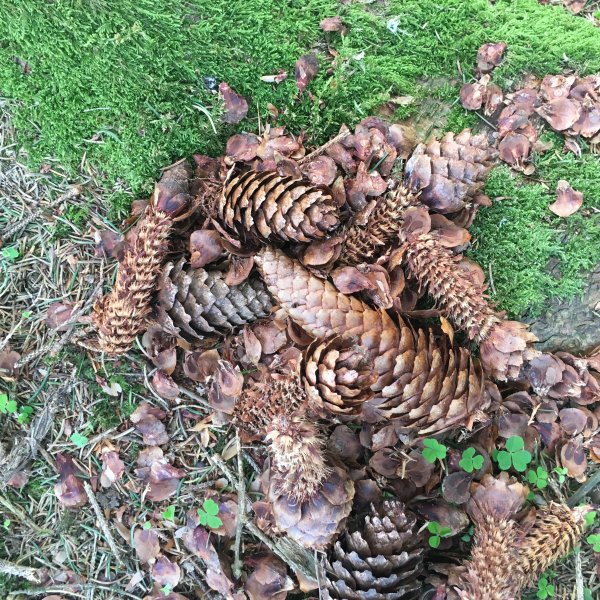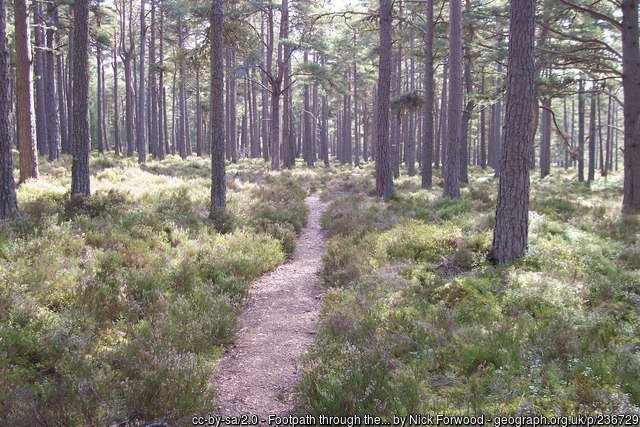Original Author: Gill Hatcher
Did you ever pick up pinecones when you were little? Maybe you still do! Here at Saving Scotland’s Red Squirrels we’re always keeping one eye to the ground, because even when red squirrels are being elusive, they might be leaving clues behind.
Red squirrels have surprisingly varied diets. They love nuts, but they also eat berries, fungi, plant shoots— even bird eggs. Cones are a particularly important source of food. If you’ve every picked one up that looks like it’s been through a shredder, it could very well be the remains of a red squirrel’s lunch.

However, squirrels aren’t the only animals that strip cones for their seeds. Other rodents such as mice will do the same. One of the key ways to tell the difference is the neatness of the stalk that’s left behind. Red squirrels tend to be a bit less precise than their smaller woodland neighbours. They’re more likely to get stuck in there, leaving a raggedy stalk behind.
There’s something special about holding one of these cones in your hand. It’s a chance to make a more personal connection with an animal we often only get a fleeting glimpse of high in the trees, or watch from the safe distance of a hide or a kitchen window. Of course, if you come across a cache of cones, try not to disturb it too much as its owner might plan to return for seconds.
We’ve been thinking about cones because this week is National Tree Week, the UK’s largest tree celebration annually launching the start of the winter tree planting season.
With a plentiful supply of one of their favourite food sources, conifer woods such as the great Scots Pine forests of north Scotland make perfect homes for red squirrels. Grey squirrels, on the other hand, originate from the broadleaf woodlands of North America and therefore have a stronger preference for this kind of habitat. This partly explains why the red squirrels of north Scotland haven’t been replaced as rapidly as those in the central belt and the south.

However, red squirrels can also thrive in broadleaf woodland when they aren’t under threat from competition with grey squirrels. In fact, because they feed on such a wide variety of foods they often do best when they have access to both.
Saving Scotland’s Red Squirrels offers advice to woodland managers and owners to help them make choices that will protect and enhance their local red squirrel populations. In areas where grey squirrels pose a threat, this could mean planting more conifers, and avoiding planting broadleaf species that attract greys at the expense of reds, such as oak, beech or sweet chestnut.
Where possible, however, creating a mosaic of rich and varied woodland habitats, free from the threat of invasive species, will benefit not only red squirrels but all of Scotland’s people and wildlife.
